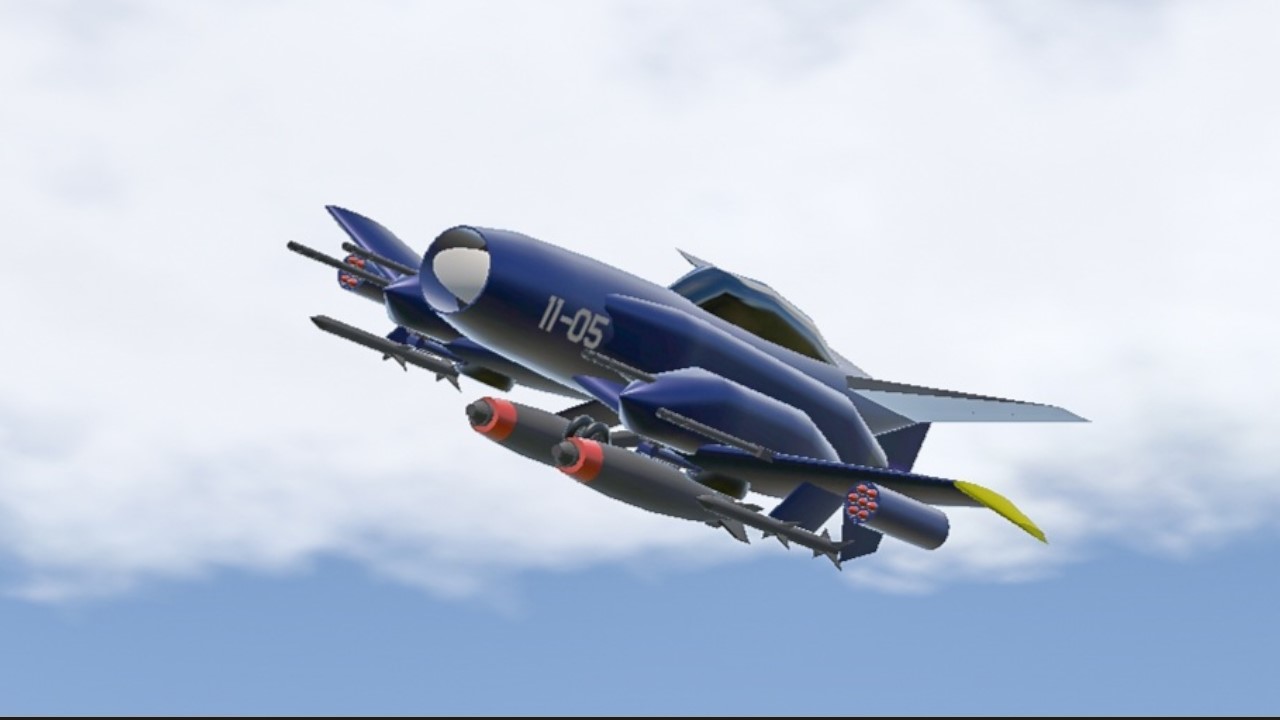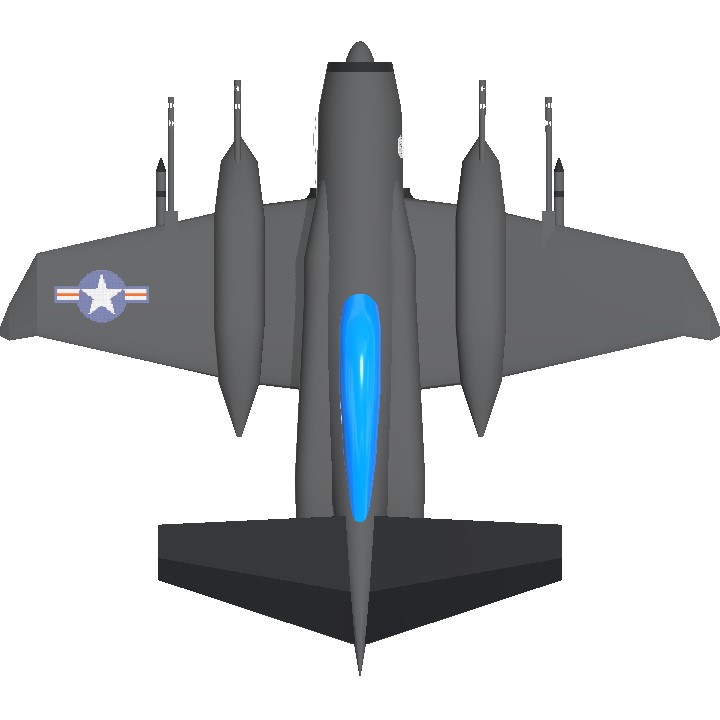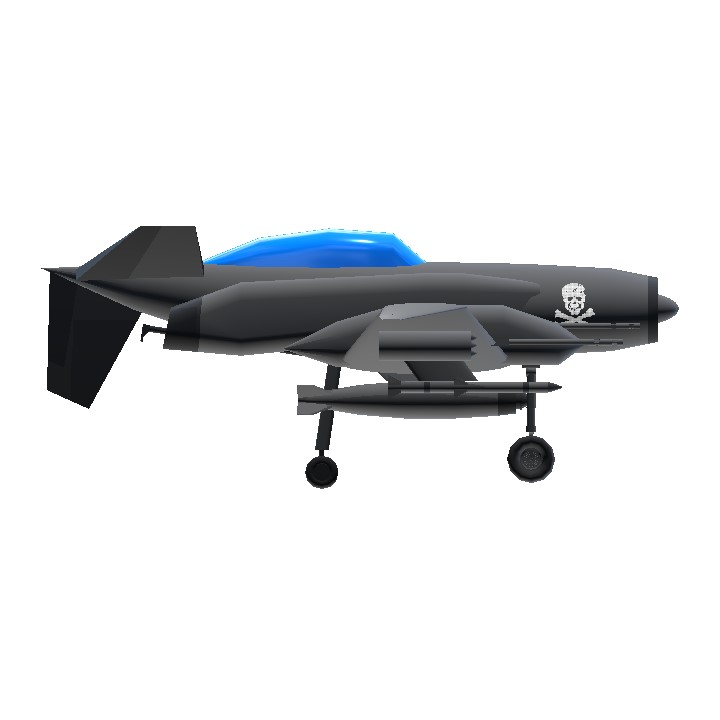F4-X HF Crossair: A Tale of Aero-Evolution
Chapter 1: A Legacy Reimagined
It was the year 2045, and the world had changed in fundamental ways. The once-glorious skies, filled with the roaring engines of fighter jets, now contained a fleet of drones and hybrid aircraft that dominated airspace. Amidst this technological evolution, nostalgia clung to the hearts of aviation enthusiasts and military historians alike. The legendary F4U Corsair, a pioneering fighter from World War II, had been long retired, but its spirit lingered in the memories of the pilots who flew it.
In a small hangar in the outskirts of Los Angeles, a group of engineers and designers, calling themselves the "Corsair Collective," sought to breathe new life into the classic Corsair. Led by Amelia "Aero" Hayes, a visionary with a deep passion for aviation history, they aimed to develop an advanced aircraft that would honor the legacy of the F4U while integrating 21st-century technology.
“Innovation doesn’t have to mean abandoning our past,” Amelia stated during a brainstorming session. “We can create an aircraft that embodies the Corsair’s soul while utilizing cutting-edge advancements.”
They began sketching designs that incorporated the brutish aesthetic of the Corsair with sleek, modern lines. It was a fusion of history and futurism that would result in the F4-X HF Crossair.
Chapter 2: The Design and Development
After months of research and prototyping, the team had created a viable prototype. The F4-X HF Crossair was no longer just a plane; it was an amalgamation of history, a symbol of resilience and technological prowess. It featured a hybrid propulsion system that combined a jet engine with advanced electric motors, improving fuel efficiency and speed without sacrificing the raw power that had defined its predecessor.
The Crossair was equipped with an adaptive camouflage system, allowing it to blend seamlessly with its surroundings, a remarkable leap from the static blue-and-white paint jobs of the past. Internal software powered by artificial intelligence anticipated pilot commands, making it one of the most responsive aircraft ever produced.
Realizing the potential of their creation, the Corsair Collective sought support to bring their vision into reality. They collaborated with the U.S. Air Force, showcasing the Crossair's capabilities in a thrilling demonstration flight at Edwards Air Force Base. Pilots who had logged hours in the F4U Corsair took to the skies in the new model, and the reception was electric.
As the Crossair flew through the air, its silhouette reminiscent of its ancestor, the cheers echoed through the command center. “It’s like seeing an old friend again, but with new wings,” a veteran pilot remarked.
Chapter 3: The First Mission
With military contracts secured, production of the F4-X HF Crossair began. The Air Force designated the aircraft as their primary solution for air defense against evolving threats in the next-gen warfare landscape.
The Crossair made its combat debut in 2047, during a geopolitical crisis in the South China Sea. As tensions escalated, a conflict arose involving airspace violations and naval skirmishes. The U.S. military deployed a squadron of Crossairs, underscoring their faith in the aircraft's performance and capabilities.
Tasked with intercepting a rogue fleet of military drones attempting to breach national security, Captain Jake Reynolds led the squadron into the skies. The Command Center's voice crackled through his headset, providing real-time intelligence. “Your objective is to establish air superiority. You have clearance to engage.”
With his heart racing, Jake activated the Crossair's stealth mode, allowing the aircraft to vanish from enemy radar. As his team moved into position, they communicated seamlessly via the aircraft's advanced neural interface. The AI suggested maneuvers and strategies based on real-time assessments, and the pilots executed them flawlessly.
The battle was fierce. Jagged formations of hostile drones zipped through the air, but the agility and speed of the Crossairs outmatched them. Guided by emotion yet enhanced by technology, the squadron outmaneuvered the drones, executing dives and loops that echoed the era of dogfighting in World War II.
In the midst of chaos, Jake spotted the command drone orchestrating the attack. “I’m going for it!” he shouted over the comms. With a precise calculation, he launched an electromagnetic pulse, disabling the command unit and effectively de-escalating the situation.
Chapter 4: A New Dawn
The successful mission of the F4-X HF Crossair marked a turning point. Its tactical superiority not only secured safety in the South China Sea but also solidified its place in the fabric of advanced military aviation. News outlets hailed the Crossair as “the future of air combat,” while Amelia’s team received accolades for their innovative spirit.
However, their success raised new questions about the nature of warfare and the environment. As the world applauded the Crossair's advancements, activists began to voice concerns about the militarization of future technologies and their impact on ecological balances. Amelia recognized that their work had to transcend military boundaries.
In response, she proposed a civilian adaptation of the Crossair, emphasizing search and rescue operations, disaster relief, and environmental monitoring tasks. The Air Force supported the endeavor, leading to the creation of the F4-X HF Crossair Response, a variant dedicated to humanitarian missions.
Chapter 5: Legacy and the Future
Years passed, and the F4-X continued to evolve. It became a symbol of unity, representing the evolution of aviation technology while reminding the world of the legacies that shaped it. The Corsair Collective expanded into a larger consortium, dedicated to leveraging technology for good, developing drones that supported wildlife conservation and environmental restoration.
Amelia often found herself speaking at schools, inspiring the next generation of engineers, pilots, and dreamers. She would tell the story of the F4U Corsair and its rebirth as the F4-X HF Crossair—how a team's love for history and innovation shaped a new era of aviation.
"In the skies, we find freedom," she would say. "But it’s our responsibility to ensure that freedom comes with a respect for those we share our planet with. Together, we’ll continue to evolve, just as the heroes before us did."
And so, amid changing skies, the legacy of the Corsair soared on, forever entwined with humanity’s quest for progress, harmony, and adventures yet to unfold.
Specifications
Spotlights
- YarisSedan 3 months ago
General Characteristics
- Predecessor [AI PLANE MAKER]
- Created On Android
- Wingspan 64.2ft (19.6m)
- Length 56.8ft (17.3m)
- Height 23.8ft (7.2m)
- Empty Weight N/A
- Loaded Weight 37,152lbs (16,852kg)
Performance
- Power/Weight Ratio 1.125
- Wing Loading 60.3lbs/ft2 (294.4kg/m2)
- Wing Area 616.2ft2 (57.3m2)
- Drag Points 3565
Parts
- Number of Parts 87
- Control Surfaces 5
- Performance Cost 625





@MiyraIndustries1 thx tho
@VarisOnAviation great plane fr
@MiyraIndustries1 😂😂😂
F-4U in Ohio be like